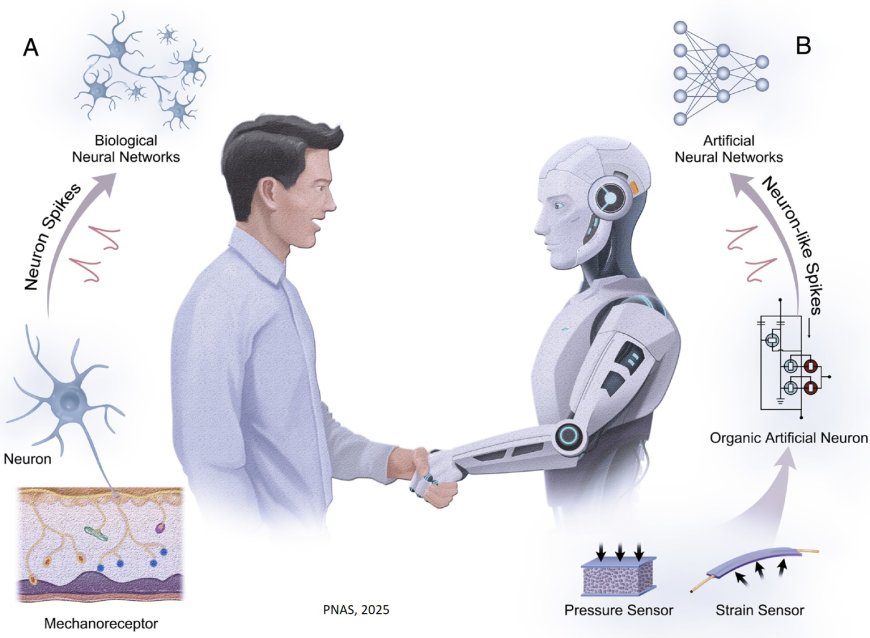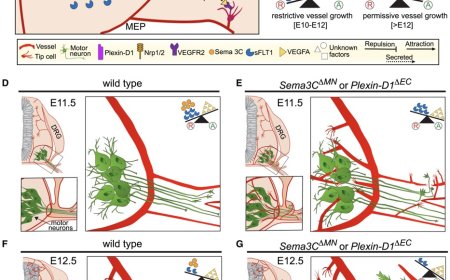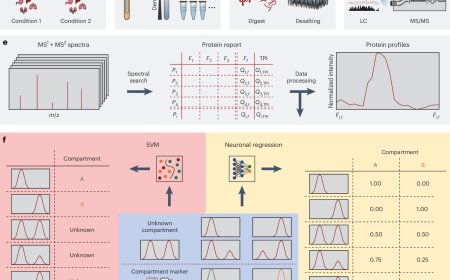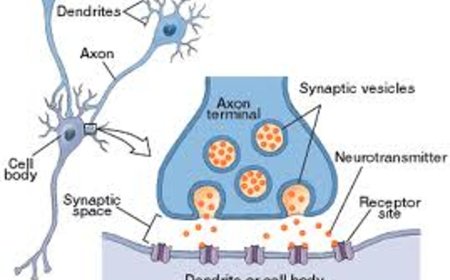Artificial sensing system using synthetic neurons

Artificially engineered biological processes, such as perception systems, remain an elusive target for organic electronics experts due to the reliance of human senses on an adaptive network of sensory neurons, which communicate by firing in response to environmental stimuli.
A new research has unlocked new potential for the field by creating a novel high-performance organic electrochemical neuron that responds within the frequency range of human neurons. They also built a complete perception system by designing other organic materials and integrating their engineered neurons with artificial touch receptors and synapses, which enabled real-time tactile signal sensing and processing.
The research in the journal Proceedings of the National Academy of Sciences (PNAS), could move the needle on intelligent robots and other systems currently stymied by sensing systems that are less powerful than those of a human.
“The study highlights significant progress in organic electronics and their application in bridging the gap between biology and technology,” said the first author. “We created an efficient artificial neuron with reduced footprint and outstanding neuronal characteristics. Leveraging this capability, we developed a complete tactile neuromorphic perception system to mimic real biological processes.”
According to corresponding author existing artificial neural circuits tend to fire within a narrow frequency range.
“The synthetic neuron in this study achieves unprecedented performance in firing frequency modulation, offering a range 50 times broader than existing organic electrochemical neural circuits,” the author said. “In contrast, our device’s outstanding neuronal characteristics establish it as an advanced achievement in organic electrochemical neurons.”
“This study presents the first complete neuromorphic tactile perception system based on artificial neurons, which integrates artificial tactile receptors and artificial synapses,” said the author. “It demonstrates the ability to encode tactile stimuli into spiking neuronal signals in real time and further translate them into post-synaptic responses.”
The team spanned departments and schools, with researchers who specialized in organic synthesis creating advanced materials that electronic device researchers then incorporated into circuit design and fabrication, and system integration.
With the human brain’s immense network of 86 billion neurons poised to fire, sensing systems remain difficult to recreate. Scientists are limited by both the footprint of the design and by the amount they can create. In future models, the team hopes to further reduce the device’s size, taking the project a step closer to fully mimicking human sensing systems.






























